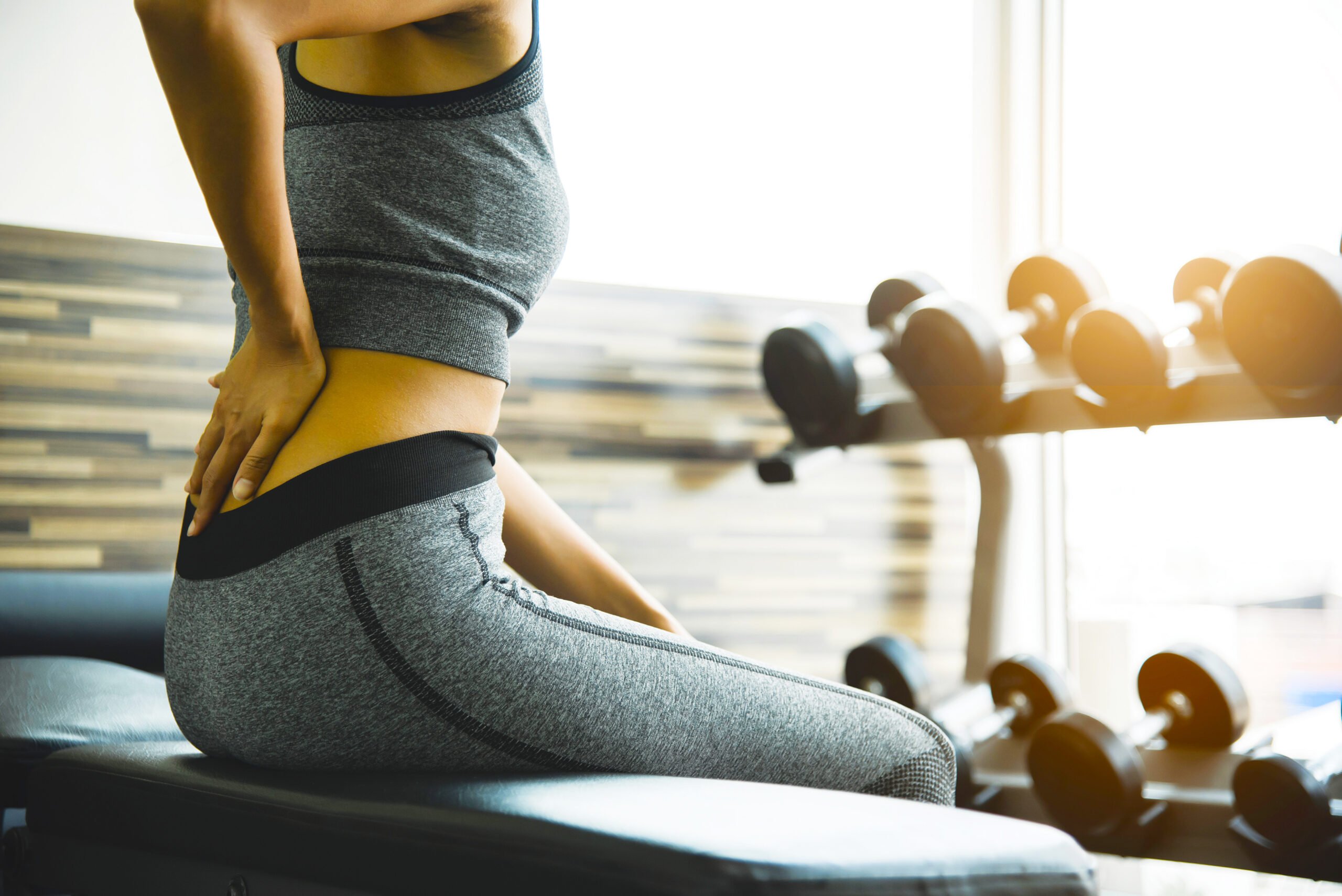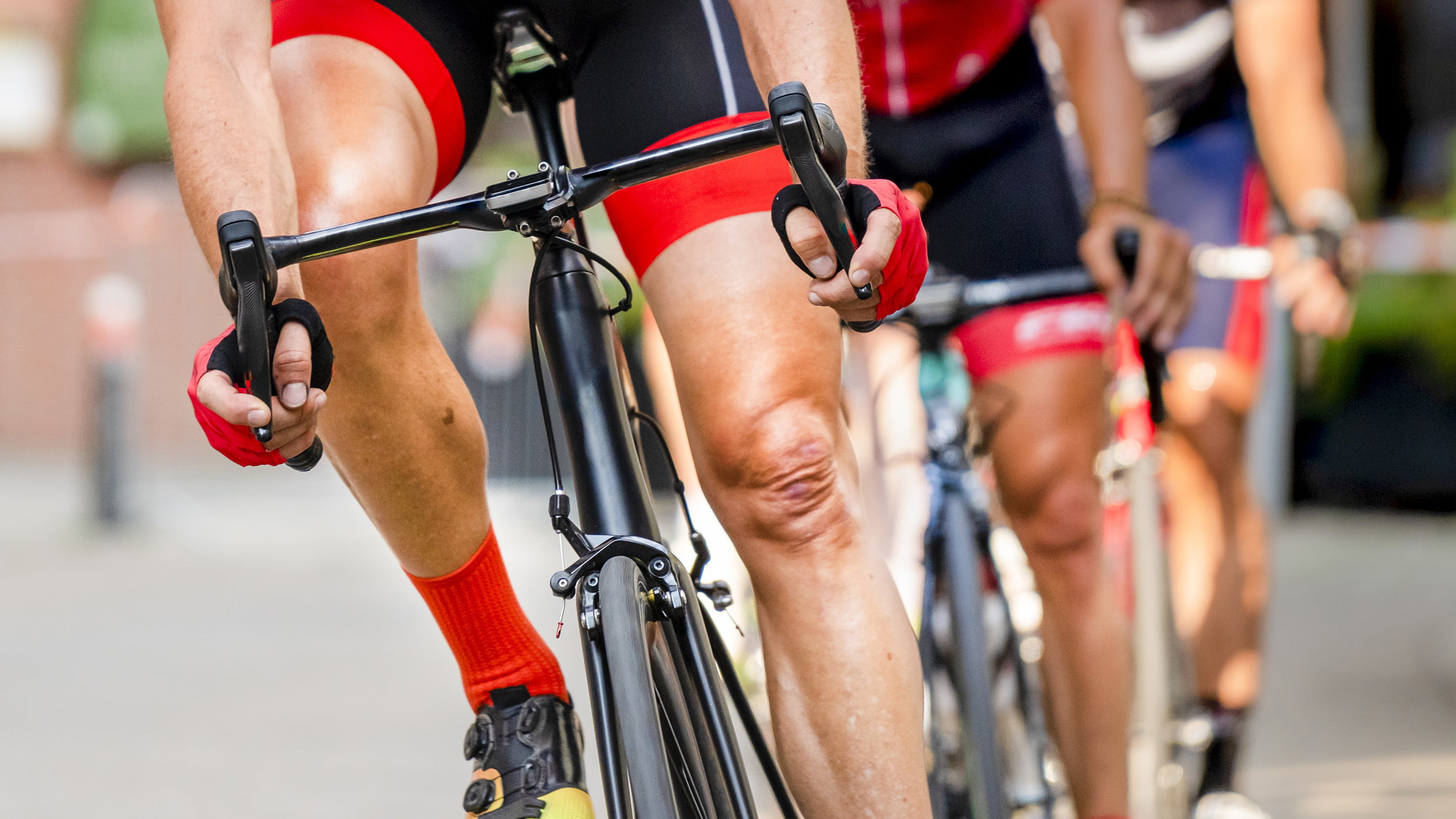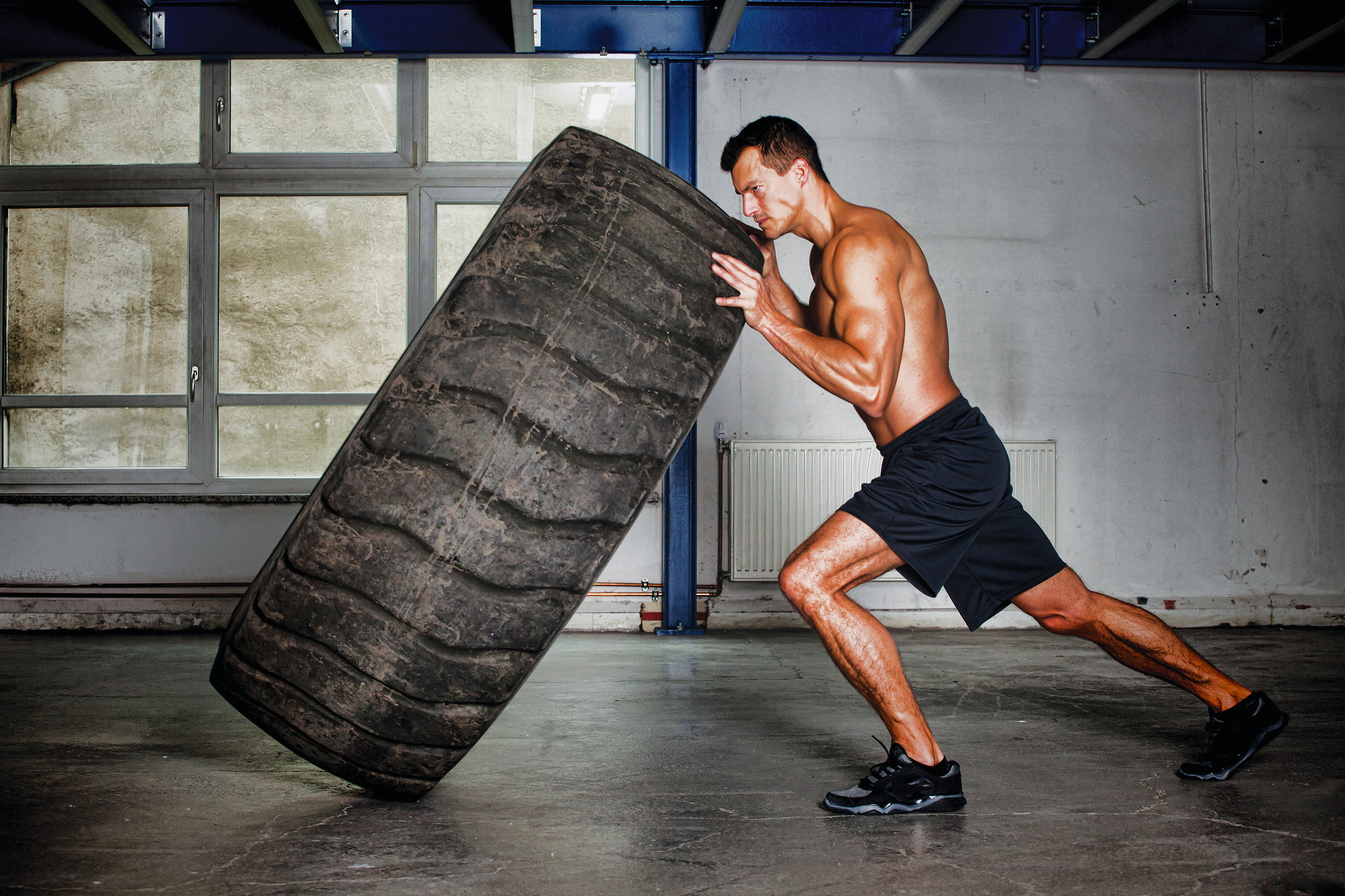- Sponsored Content
 Are injuries more common after a certain age?
Are injuries more common after a certain age?
I see injuries in children and adults of all ages, but it is true that certain types of injury become more common with age. Even in the last five years, there have been significant shifts in the fitness landscape which have had an impact, with an explosion in endurance sports like triathlon and ultra-marathons, as well as the rising popularity of high intensity training sessions like CrossFit.
 What sports injuries do you commonly see?
What sports injuries do you commonly see?
A huge range of injuries! Chronic and overuse injuries like tennis elbow and plantar fasciitis (inflammation in the sole of the foot) keep me busy. Of course, there are always traumatic injuries such as ligament ruptures and fractures. In terms of frequency, I would say lower back pain injury would be most common, followed by knee, shoulder and foot/ankle. Fortunately, most of these can be managed with simple treatments and a full recovery is made.
 What sports cause the common injuries?
What sports cause the common injuries?
Some injuries are more common in particular sports.
- Running and road cycling remain the most popular weekend pastimes among my patients, and injuries tend to be related to prolonged activity, rather than impacts. Knee pain, achilles tendinitis and plantar fasciitis are issues I see frequently. Sometimes all that is needed is a period of rest and home rehabilitation (this can be hard to take for some weekend warriors!). Occasionally medications like anti-inflammatories can be helpful, and some of my patients need to be referred to a physiotherapist or podiatrist.
- In sports such as tennis and football, I see many twisting injuries. From sprained ankles to cruciate ligament ruptures, some of these issues will require further investigation in the form of scans and/or referral to an orthopaedic surgeon.
- Interestingly, I see tennis and golfer’s elbow a lot, but very rarely from playing either of these sports. The far more common trigger is repetitive weight lifting (either in the gym or at home lifting toddlers)!
- High-intensity training can be a particular problem. Whilst an excellent form of exercise which I encourage for its overall health benefits, I see many people picking up injuries towards the end of a session, when fatigue has set in and technique starts to suffer.

Who should I see – a GP, a physio or a specialist?
Seeing a GP is a useful place to start as we can assess the severity of your injury and come up with a plan to fix it. There are a bewildering array of allied health professions and specialist options available in Singapore, and we can help guide you towards the right person if needed. In many cases it will simply require reassurance that things will improve by themselves, or advice on avoiding recurrent injury.
 Tips for avoiding injuries
Tips for avoiding injuries
1 Warm up. I’m not a huge fan of static stretching, but dynamic stretches, jogging and mental preparation are all important before throwing yourself into a race/match/session!
2 Have the right equipment. You’re far more likely to get low back pain if the saddle on your bike is the wrong height, and you’re more likely to get plantar fasciitis if your running shoes are 20 years old.
3 Focus on technique. This is particularly important in weight and resistance training. Much better to do fewer sets with the correct technique, than to go for glory and sustain an injury.
4 If you do get injured – don’t ignore it! Some injuries require immediate treatment, and some can get worse if not cared for properly. If something doesn’t feel right, especially if you’ve tried simple measures like rest and icing already, come in to get it checked.
 Dr Neil Forrest is a British GP from Osler Health International and is based in their Star Vista clinic (near Holland Village)
Dr Neil Forrest is a British GP from Osler Health International and is based in their Star Vista clinic (near Holland Village)
How can a GP help?
We see patients all the time who have sports-related injuries. We are here to help and have the knowledge and resources. Call us on +65 6339 2727
osler-health.com









